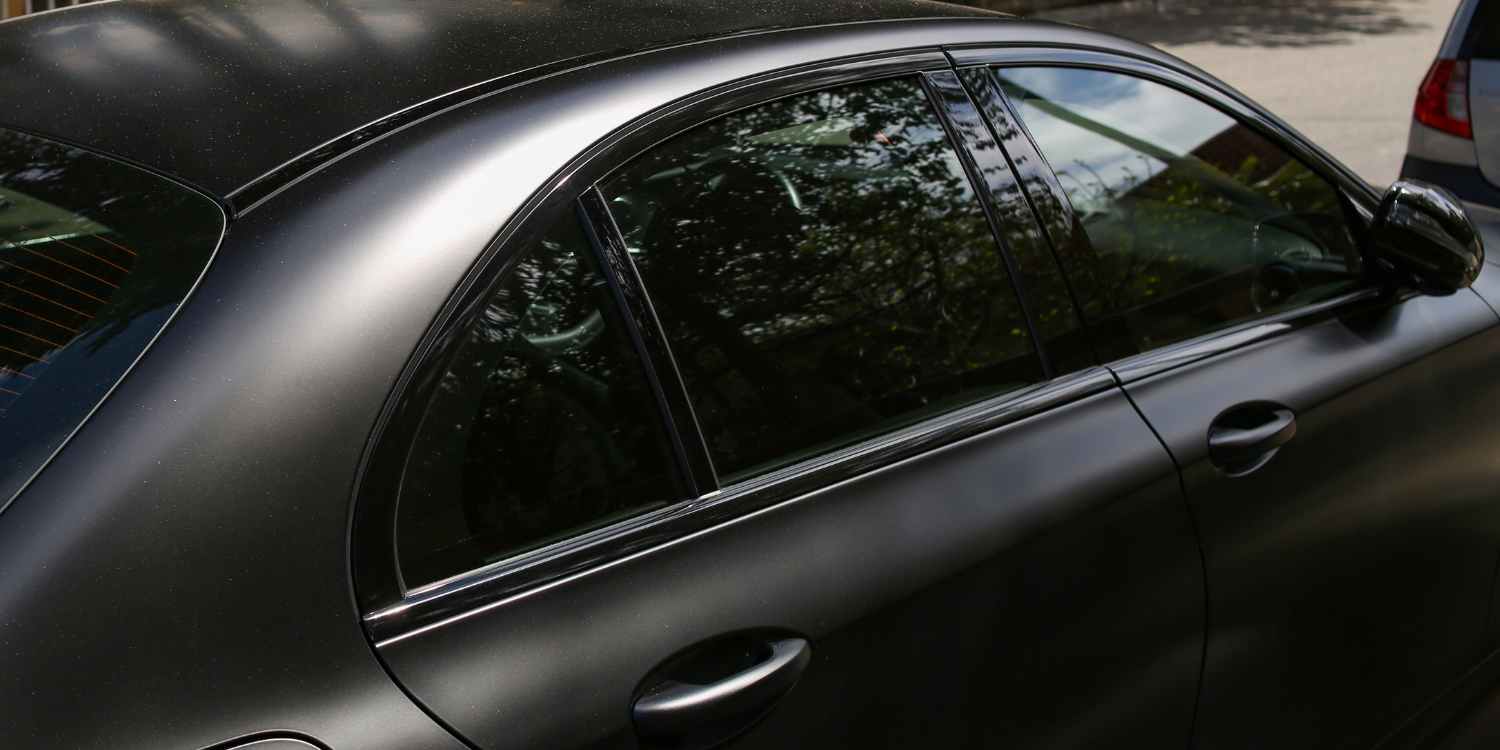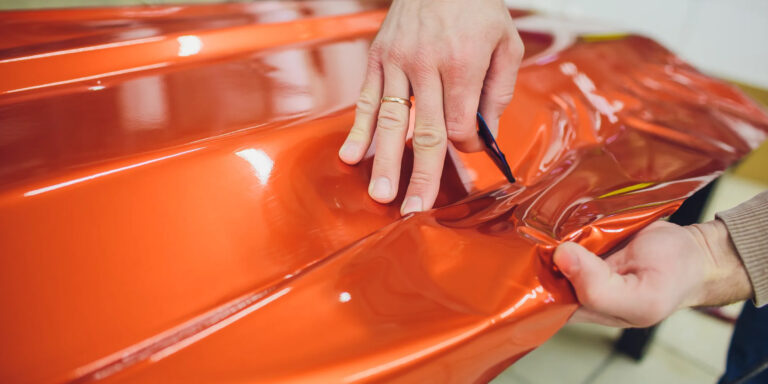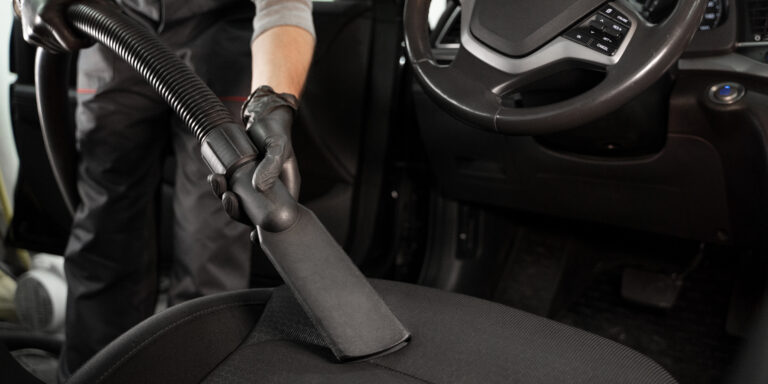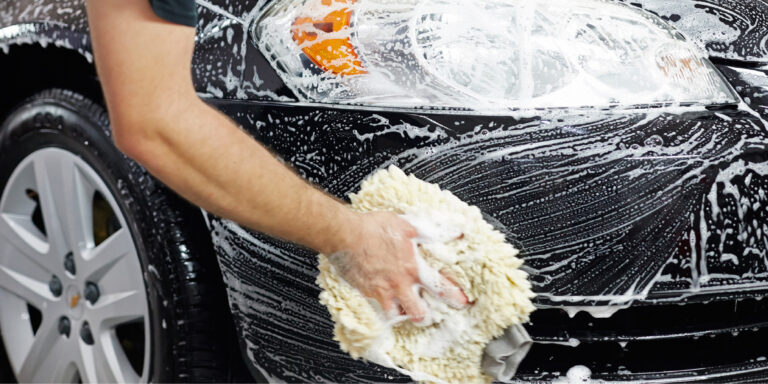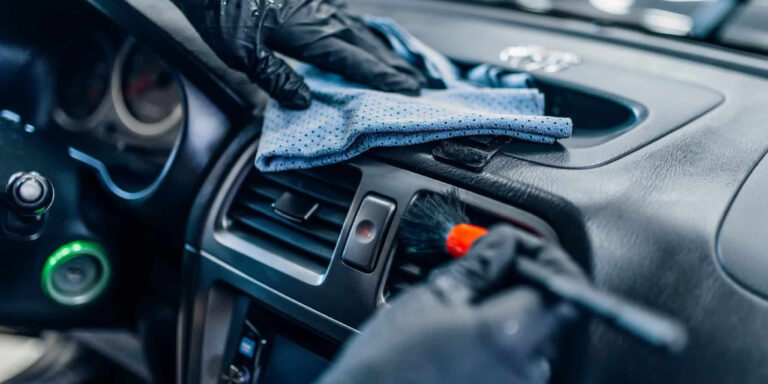If you’ve ever stepped into a car with darkened windows, you likely noticed an immediate difference in comfort and privacy. Car window tinting is a popular modification among vehicle owners, offering a range of benefits, from enhanced aesthetics to UV protection. But before you take the plunge and tint your windows, there’s a lot to consider. This guide will walk you through everything you need to know about car window tinting, including its benefits, types, laws, and more.
What Is Car Window Tinting?
Car window tinting involves applying a thin, transparent film to the windows of your vehicle to reduce the amount of visible light, heat, and UV rays that enter. While window tinting can dramatically change the look of your car, it serves functional purposes as well. It can protect your car’s interior from fading, help maintain a cooler temperature, and increase your privacy.
Benefits of Car Window Tinting
Car window tinting isn’t just about looks — it offers a variety of practical benefits. Here are the top reasons people choose to tint their windows:
1. UV Protection
Car window tinting provides excellent UV protection, blocking up to 99% of harmful ultraviolet rays. This is crucial for protecting both the driver and passengers from the sun’s harmful rays, which can cause skin damage over time. Additionally, it protects the car’s interior — such as upholstery, dashboard, and electronics — from fading or cracking due to prolonged sun exposure.
2. Improved Comfort
Tinted windows help reduce the amount of heat entering your vehicle, which is especially beneficial on hot summer days. This means you’ll have a more comfortable driving experience, with less need for air conditioning to cool down your car.
3. Privacy and Security
One of the most popular reasons for window tinting is to enhance privacy. Tinted windows prevent prying eyes from looking inside, which is helpful for both personal privacy and protecting valuables left inside your car. Additionally, tinted windows can make it more difficult for potential thieves to see what’s inside.
4. Enhanced Aesthetics
Window tinting can instantly upgrade the look of your car, giving it a sleek, modern appearance. Whether you’re going for a subtle, classic look or a bold, dark finish, tinted windows can make your car stand out.
5. Glare Reduction
Driving with tinted windows reduces the glare from the sun or headlights of other vehicles at night. This makes driving safer and more comfortable, especially during the early morning or late afternoon when the sun is low in the sky.
Types of Window Tinting Films
There are different types of window tinting films available, each offering various levels of performance, durability, and price. The most common types include:
1. Dyed Window Tinting Film
Dyed window tinting film is the most affordable option. It uses a layer of dye to darken the glass, which helps block light and provides a sleek appearance. However, dyed films tend to fade over time and don’t provide as much heat reduction or UV protection compared to other types.
2. Metalized Window Tinting Film
Metalized films contain metal particles that reflect light, helping to block heat and UV rays. These films are more durable than dyed films and offer better heat rejection. However, they can interfere with radio and GPS signals due to the metallic content.
3. Ceramic Window Tinting Film
Ceramic window tinting is the most advanced and high-performing option. It uses ceramic particles to block UV rays and heat, offering superior protection and clarity. Ceramic films are highly durable, won’t interfere with signals, and don’t fade over time. They are also more expensive than dyed or metalized films.
4. Hybrid Window Tinting Film
Hybrid films combine the benefits of dyed and metalized films. They are more durable than dyed films and offer better heat and UV protection. However, they are not as effective as ceramic films and may still interfere with electronic signals.
Legal Considerations for Car Window Tinting
Before tinting your car windows, it’s essential to be aware of local laws regarding window tinting. Each state has specific regulations about how dark your windows can be tinted and which windows can be tinted. These regulations typically focus on the Visible Light Transmission (VLT) percentage, which indicates the amount of light that can pass through the tinted window.
Key Legal Considerations:
- Front Windshield Tinting: Most states allow tinting on the top portion of the windshield, but the rest is often prohibited or restricted.
- Front Side Windows: Many states require a certain level of light to pass through front windows, meaning they must have a lighter tint.
- Rear Side Windows & Rear Windshield: These are often less regulated, and some states allow darker tinting.
It’s important to check the regulations in your state or country to avoid fines or being required to remove the tint. You can usually find these laws through your local Department of Motor Vehicles (DMV) or law enforcement websites.
How to Choose the Right Tint for Your Car
Choosing the right tint depends on your needs and preferences. Here are some tips to help you make the best decision:
- Consider Your Local Climate: If you live in a hot, sunny area, ceramic or metalized films are ideal since they provide superior heat rejection. For cooler climates, a dyed film might suffice if you’re mainly interested in aesthetics.
- Determine the Look You Want: If privacy is your primary concern, a darker tint might be a good choice. However, if you don’t want to drastically alter the appearance of your car, opt for a lighter, more subtle tint.
- Consider Your Budget: Dyed films are the most budget-friendly, while ceramic films are the most expensive but offer the best performance. Think about how much you’re willing to spend and choose accordingly.
- Check for Warranties: Look for tinting films that come with a warranty, especially for ceramic or metalized films. A warranty can protect you in case the tint fades, bubbles, or peels.
DIY vs. Professional Tinting
Window tinting can be done as a DIY project or by a professional.
DIY Tinting:
While DIY tinting kits are available, tinting windows at home requires precision and patience. If not done correctly, you risk bubbling, peeling, or streaking. Moreover, improperly installed tint can violate legal requirements, so DIY might not be the best option for everyone.
Professional Tinting:
Most people choose to have their windows tinted by a professional. A skilled technician will ensure that the tint is applied evenly, meets local regulations, and provides long-lasting results. Professional installation usually costs more, but it guarantees a better finish and fewer issues down the road.
Final Thoughts
Car window tinting is a great way to enhance the look, comfort, and privacy of your vehicle while also providing valuable protection against UV rays and heat. By understanding the different types of films, the benefits of tinting, and the legal requirements, you can make an informed decision on whether this modification is right for you.
Before proceeding, make sure to research the best type of tint for your needs, check your local laws, and decide whether you want to tackle the project yourself or hire a professional. Once you’ve made your choice, you’ll be ready to enjoy the many advantages that come with having tinted windows on your car!
At Colibri Car Styling, we offer colour vinyl wrap, commercial vehicle wrap, paint protection film, detailing, polishing, ceramic coating, tinting, wheel and caliper painting, interior ambient lighting, remote starter, GPS tracker and kill switch. You can also find us on Facebook, Instagram and Youtube.

